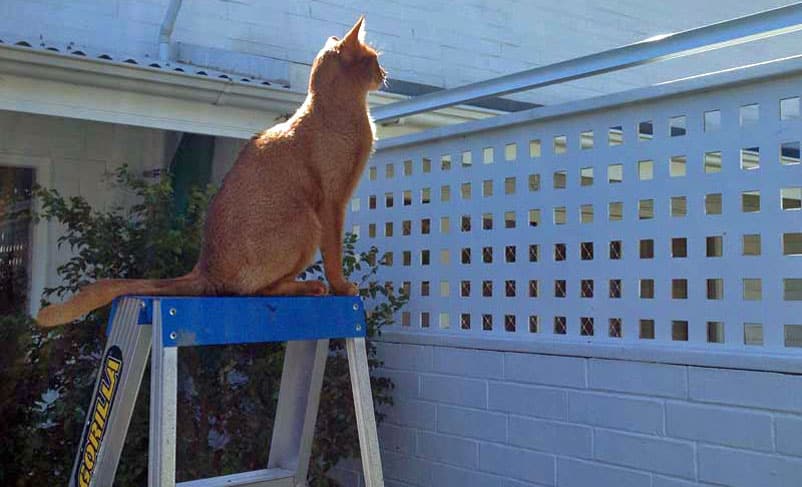
Cat containment is one part of the proposed National Cat Management Strategy
As you’ve probably seen and heard by now, the National Cat Management Strategy Group yesterday released its draft National Cat Strategy for consultation.
The NCMSG is a self-appointed lobby group including organisations such as the SPCA, the NZ Veterinary Association and, not surprisingly given their high visibility recently, the Morgan Foundation. For some odd reason, they don’t appear to have a website.
I’ve just finished reading the draft cat management strategy (it’s 116 pages) and there are many elements of it which we support.
For companion cats (as opposed to stray or feral cats) the overall thrust is to encourage responsible cat ownership, including universal microchipping, desexing and – our area of expertise – containment.
Containment of cats is not yet commonly considered an important component of responsible cat ownership in New Zealand. However, preventing cats from roaming has the potential not only to prevent unwanted reproduction but also to prevent wildlife predation, minimise community nuisance, minimise toxoplasmosis transmission and reduce the risk to the cat of contracting diseases and becoming injured or killed from traffic, fighting, dogs and human cruelty…1
and we certainly agree that introducing cat containment will take time and education:
Nation-wide responsible cat ownership education programs and legilsation to encourage and reinforce responsible ownership with the aim of:
- Increasing acceptance and implementation of cat containment, especially in areas of high conservation value. Measures to ensure suitably enriched containment for cats to safeguard cat welfare must be included.2
As the strategy’s authors note, there is a lack of data to support many of their proposals and I think that’s where the draft will benefit from feedback.
For example, any proposal to impose a curfew on roaming cats needs to be justified on the basis that cats are more likely to kill wildlife at night. It’s a popular belief, but needs to verified.
Another is the suggestion to limit the number of cats on a property, or owned by an individual. If those cats are contained on the property, well cared for, and not causing a nuisance, then it really shouldn’t matter how many cats there are.
But overall, it’s great to see the effort and thought that has gone into preparing a document which we hope will get people thinking and talking about responsible cat ownership.
Full draft strategy document [PDF]
Footnotes
1 Page 55
2 Page 11
